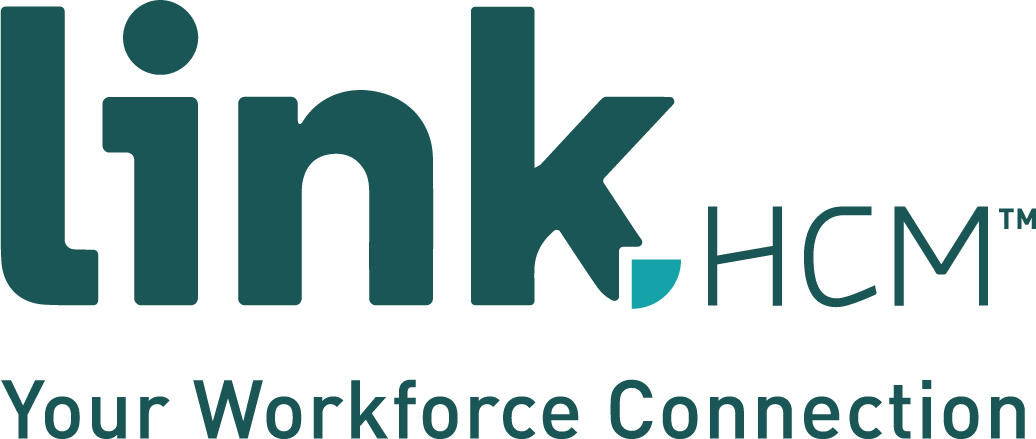 When COVID-19 first began to impact workplaces nationwide, a number of individuals found themselves working from home for the first time in their careers. For many, that meant migrating to a home workspace along with their kids, who were sent home from closed schools and childcare facilities.
When COVID-19 first began to impact workplaces nationwide, a number of individuals found themselves working from home for the first time in their careers. For many, that meant migrating to a home workspace along with their kids, who were sent home from closed schools and childcare facilities.
As we enter what would normally be the start of a new school year for students, many students across the country are not returning to the classroom. As a result, working parents are in a bind as many companies welcome back furloughed employees and either reopen offices or continue working remotely.
In areas with schools that are remaining closed, many employees are still left with no place to properly educate and watch their kids during working hours. Sadly, employees are even making the difficult decision to leave the workforce altogether because it has become impossible to balance it all.
As we continue in these challenging times, working parents and labor law experts are advising employers to be flexible in an effort to retain top talent and avoid time-consuming rehiring processes.
Here are 4 ways that you, an employer, can support working parents as they kick off this school year:
1. Send out a Survey
It’s tough to figure out your plan of attack when you don’t know what you’re dealing with. We’ve found that the best way to start supporting your working parents is by figuring out how many employees you currently have who are impacted by school schedules or virtual learning . Gather as much information as you can in an effort to understand the factors around COVID-19 that are impacting your team members.
You can ask questions such as:
- The department they work in.
- If they have school-aged children at home, and if virtual learning in the fall will be a factor in their work schedule.
- If they need schedule accommodations based on their child's school situation, what specifically they are requesting based on the current COVID-19 situation.
- What the effective date for their requested schedule would be.
- Lastly, have them upload their school district reopening schedule if they received one so you see what you are having to work with.
By gathering information you are gaining the ability to see what departments and times are going to be the most affected and from there you and your management teams will be able to better gauge your approach. You can also use this opportunity to check in with your employees regarding their engagement and mental health, and get an idea of what other types of support and resources they could benefit from.
2. Prepare to Allow Flexibility
After reviewing survey results, you’ll have a better understanding on how flexible you need to be with your employees. Here are a few ways you can prepare to be flexible with your employees for the remaining months of 2020:
- Many employers have already allowed employees to work remotely. But, if you’re not already allowing remote work, consider making this available to working parents, even if it means allowing work at different hours in between their parent responsibilities. When scheduling meetings and deadlines, consider what is doable for everyone. The standing 8:00 am check-in’s might not work for parents who have to help their children get ready for the school day.
In addition to time flexibility, be flexible on how and when work gets done. As a general rule, we recommend focusing on whether their job is getting done instead of monitoring whether an employee is active throughout the entire day.
3. Add Benefits
Fall is right around the corner, which means employee benefit enrollment season. As you begin to plan your benefits package for the coming year, consider offering a dependent care Flexible Spending Account to workers.
A Flexible Spending Account (also known as a flexible spending arrangement) is a special account employees put money into that can later be used to pay for certain out-of-pocket health care costs.
4. Give Parents Resources They Need
There is no doubt that COVID-19 presented us all with new and unique challenges over the last few months. Our daily living routines were flipped upside down causing added anxiety, stress and strain. It is completely natural for this disruption and uncertainty to lead to anxiety and stress. Now more than ever, we all must take care of our mental health and well-being.
As employers, it is our responsibility to help manage the mental health of our employees, especially for our working parents. Checking in often with employees or offering an Employee Assistance Program can make the world of difference for employees struggling to keep it all together.
With an Employee Assistance Program, employees don’t pay taxes on the money. This means employees can save an amount equal to the taxes they would have paid on the money set aside.
A few other ways you can provide extra resources to parents and all employees include:
- Make sure they are aware of different resources available to them, including FFCRA leave guidelines, as these can be hard to navigate.
- Offer flexible bonus plans, or ways that employees can “redeem” bonuses that are most valuable to them. Services like Bonusly offer amazing options to this end.
- Find ways for employees to access money in real-time, ahead of the traditional payday, like with ZayZoon, a financial wellness platform.
- Create flex schedules or mandate time off to promote self care. Some employers pick one friday per month to be a “Mental Health Half-day” or find ways for virtual team building on a regular basis to prioritize healthy work-life balance.


Leave a Comment